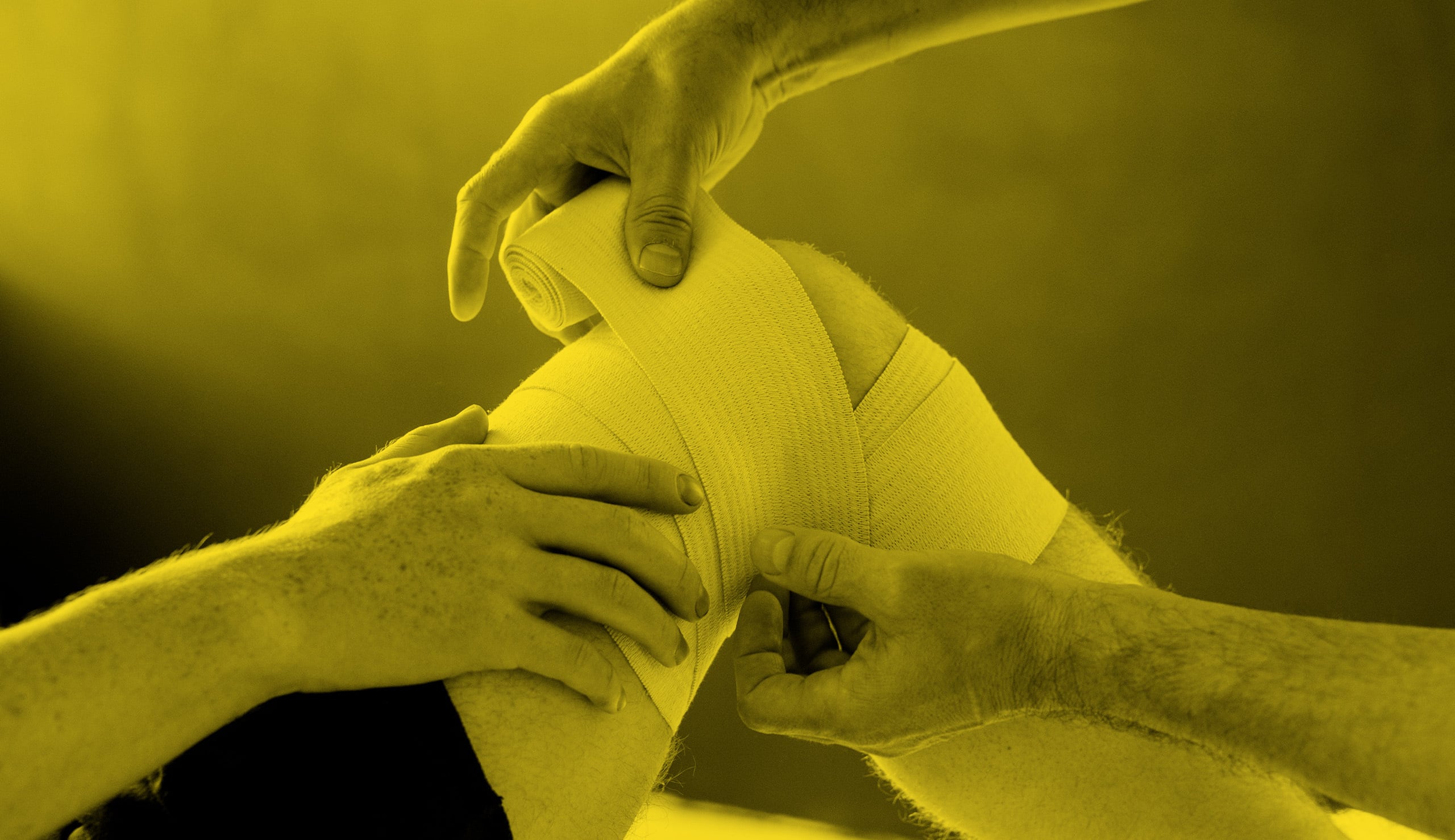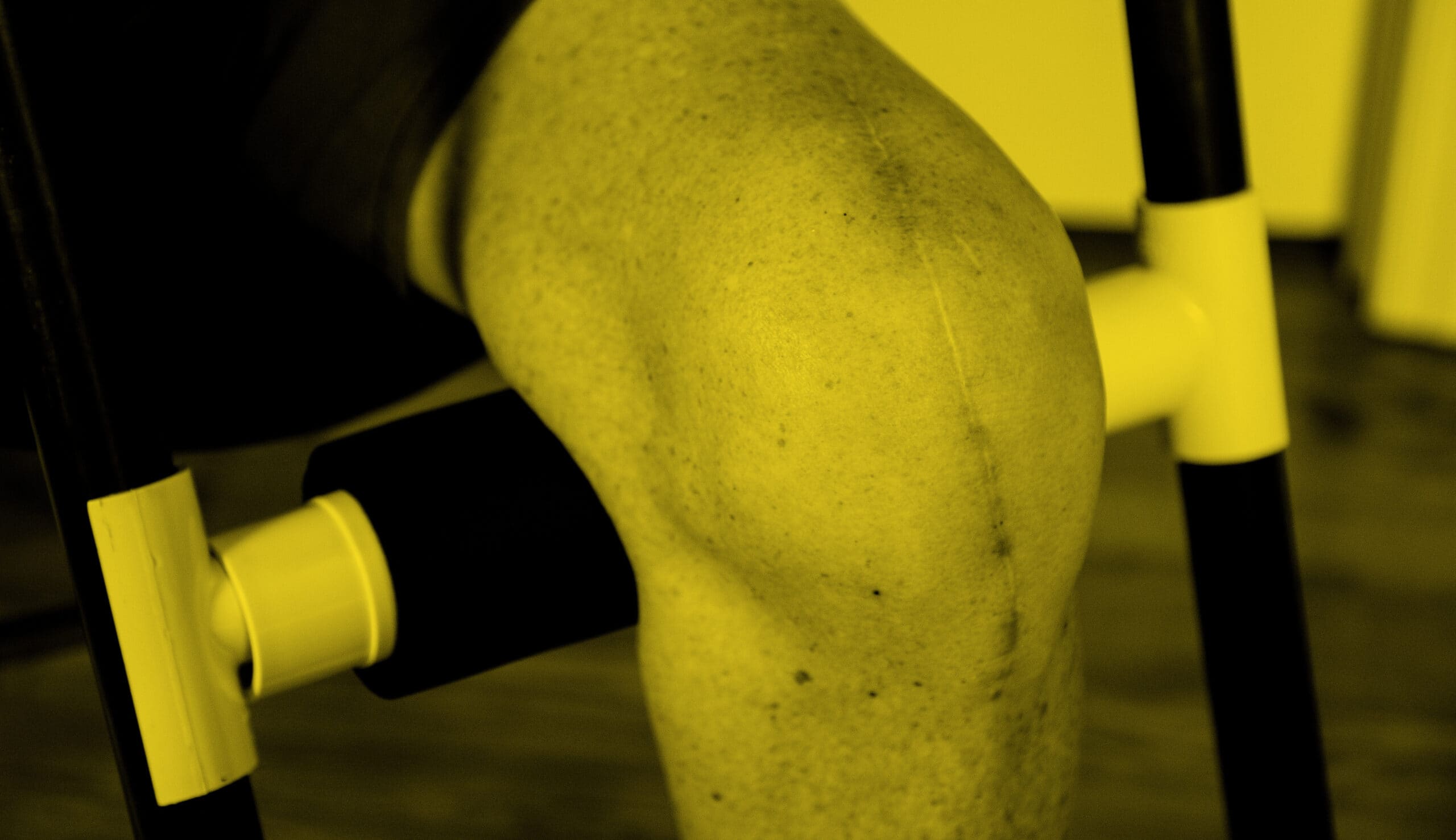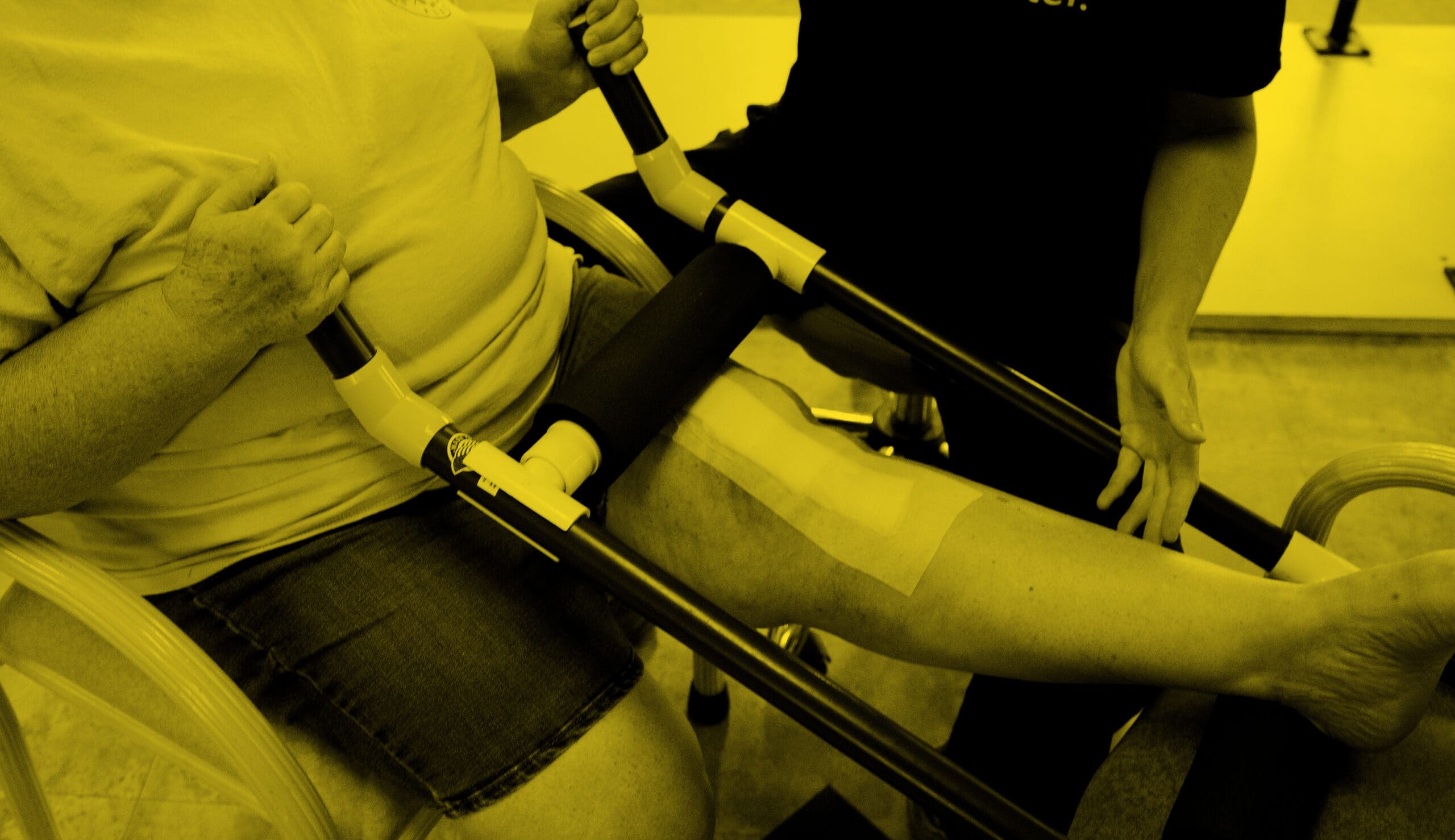
5 Signs You Have Knee Osteoarthritis
If you are experiencing knee pain and wondering if it is due to arthritis, this article will present 5 common signs of knee osteoarthritis. Learn about the symptoms and causes, as well as how the condition is diagnosed.





